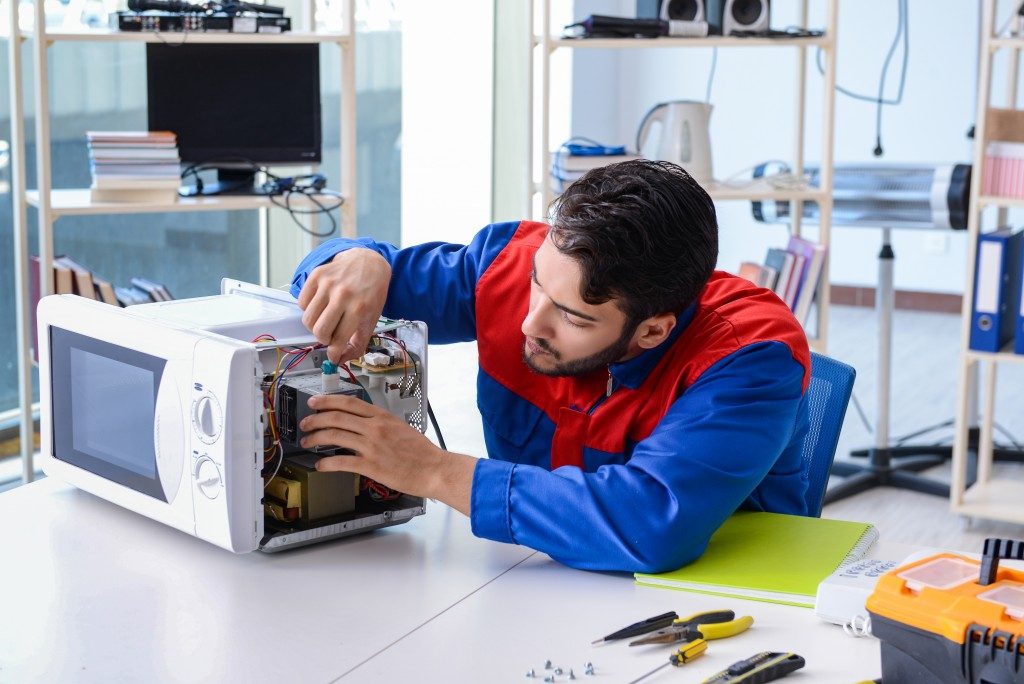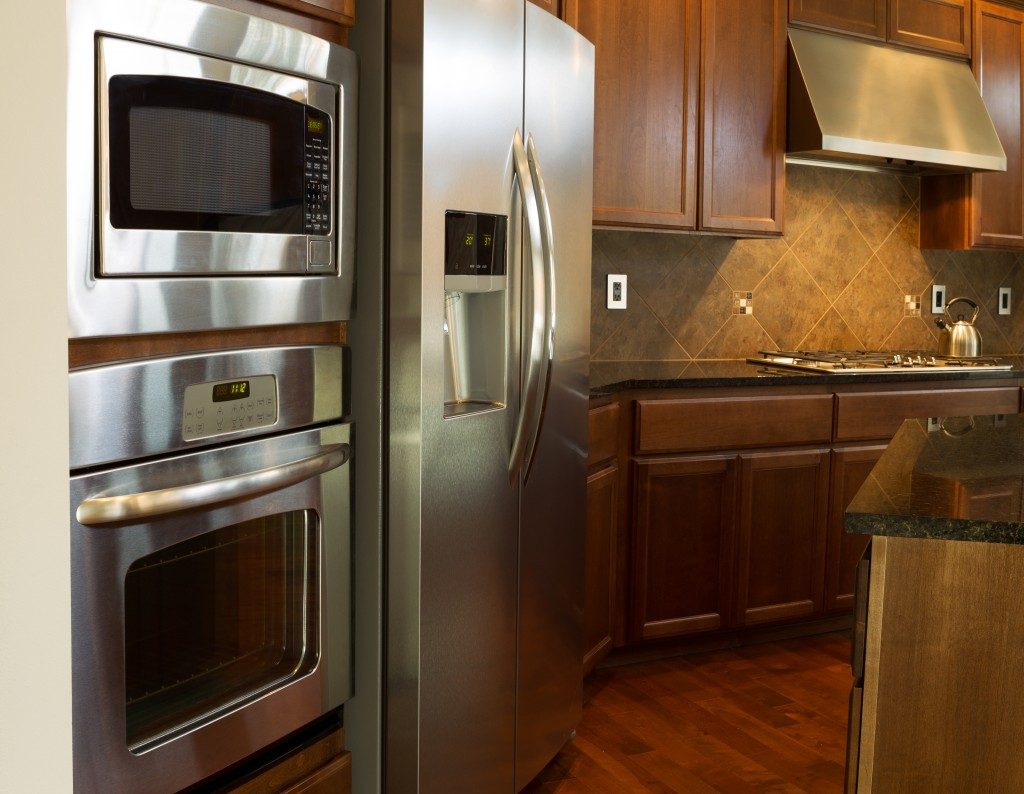A social gathering, such as a holiday dinner, is the best time to catch up with friends, and after that, there might be some leftovers. Instead of throwing away that food, you might decide to refrigerate some that can still be consumed at a later time.
Most people can save money by just reheating the food that they stored at a low temperature. The quickest way to do it is by using a microwave oven. But what if it doesn’t work? Thankfully, appliance repair service in Salt Lake City and other locations in the U.S. is available for the most part of the day.
Reminders When Storing Food in the Refrigerator
Disease-causing bacteria can grow in perishable foods in a span of two hours unless you store them at a low temperature. To avoid the risk of foodborne illnesses, it’s critical to use a separate container for food when storing them.
Foods That can be Best Served After Reheating
Microwave is very advantageous when it comes to reheating food that doesn’t have a crisp crust, such as the following:
- stews
- soups
- sautés and stir-fries
- steamed vegetables
- rice
- noodles such as pasta
The Technique in Reheating Food
How do you reheat your food? The best method when reheating food is by spreading the food out in an even layer. To keep it from drying out completely, you can cover it with a damp paper towel. This creates some steam.
Good to know: It’s not a good idea to put different kinds of food on the same plate and reheat them in the microwave. Reheat each dish at a time to avoid overcooking.
Plastic, Styrofoam, and Microwave
You might have observed that some people are microwaving their food in plastic containers. Do you know that most plastic materials, when placed in the microwave, can release a toxin that can cause cancer? However, there’s a specific type of plastic that is safe for microwaving food — the ones labeled “microwave safe.”
Others use Styrofoam when reheating food. Actually, you can use Styrofoam, only if it passes the FDA review that is it microwave safe. Checking the label at the bottom or sides of the container is important.
The Danger of Microwaving Styrofoam That Doesn’t Have a Microwave Safe Mark
If you happen to use a Styrofoam that is not designed for microwave, it will melt and destroy your food. When exposed to heat, toxic chemicals may leak out, penetrating the food, which can pose a risk to human health and reproductive system. Still, the best way to reheat your food in the microwave, which most health experts highly recommend, is by using a glass or ceramic plate.
Microwave is Malfunctioning

The six common issues every household may face with microwave are the following:
- Microwave runs and then stops
- Buttons on the microwave do not work
- Microwave plate doesn’t turn
- Sparking occurs inside the microwave
- The light-bulb in the microwave doesn’t function during operation
- Microwave doesn’t heat
Microwave has been a significant part of most kitchens. If it malfunctions, seek help by getting the appliance repair service near you. Choose the one that can repair not only microwaves but also various types of home equipment.

